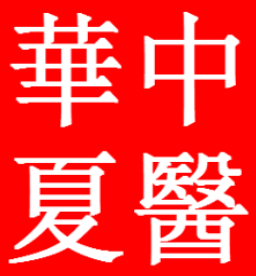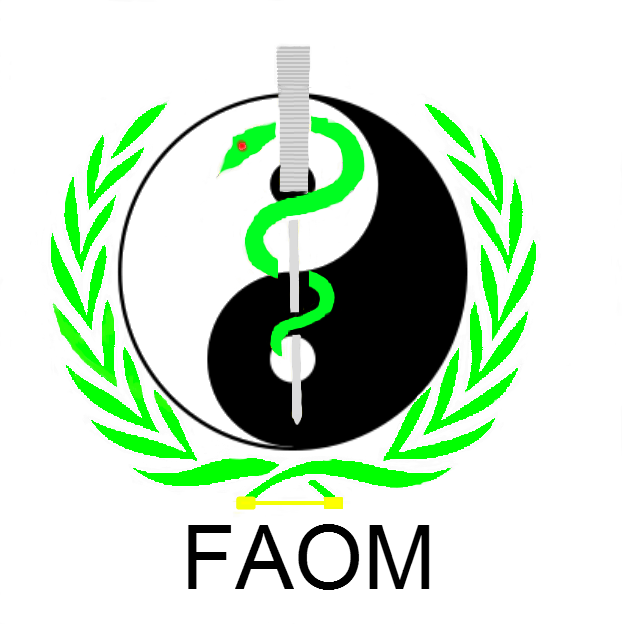AOM
Acupuncture & Oriental Medicine
History
The practice and teaching of Traditional Chinese Medicine (TCM) is more than 5000 years old. The earliest text on the subject, The Yellow Emperor’s Inner Classic (Huang Di Nei Jing Su Wen Ling Shu), said to be written in the 1st and 2nd centuries BC, is still relevant to the teaching of acupuncture and Chinese herbal medicine today.
Scientific theory and investigations in recent history have added to our understanding of the physiological mechanisms that may contribute to the acupuncture effect, and to our understanding of the pharmacological basis of Chinese herbal medicine. However, the unifying framework of this form of holistic therapy was developed and has been refined over 5000 years of clinical application in China and many Asian countries.
The major theoretical foundations of this science remain unchanged. Its continued evolution as a therapeutic system, in view of the impact of Western medical practices, attests to the effectiveness of this method of treatment and the soundness of the ancient theoretical basis of diagnosis and practice that are used by the traditionally trained practitioner.
In The Yellow Emperor's Inner Classic, three fundamental concepts are described which form the foundational pillars of the medicine. These concepts, which were probably brought together into one system during the Han dynasty, form the basic organizing principles of Chinese Medicine. They are
Yin-Yang and Five-Element Theory
Internal Organ Theory
Channel Theory
These three concepts should be regarded as broad categories. The theory of yin-yang and five elements represents the basic language of traditional Chinese medicine. With this language, the parts of the body, disease, and basic treatment principles can be categorized. Next, organ theory categorizes physiology and pathology, It is especially important for conceptualizing treatment. Finally, channel theory in Chinese medicine describes the network that brings the other theories to life. It integrates the organs and links the body to the world at large.
In a typically Chinese fashion, these three foundational concepts are interdependent; each supports and influences the others. This is especially true of the theories of Yin-Yang and Five Elements which shaped the scientific language of the Han dynasty and beyond.

